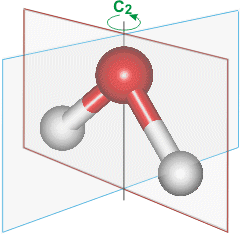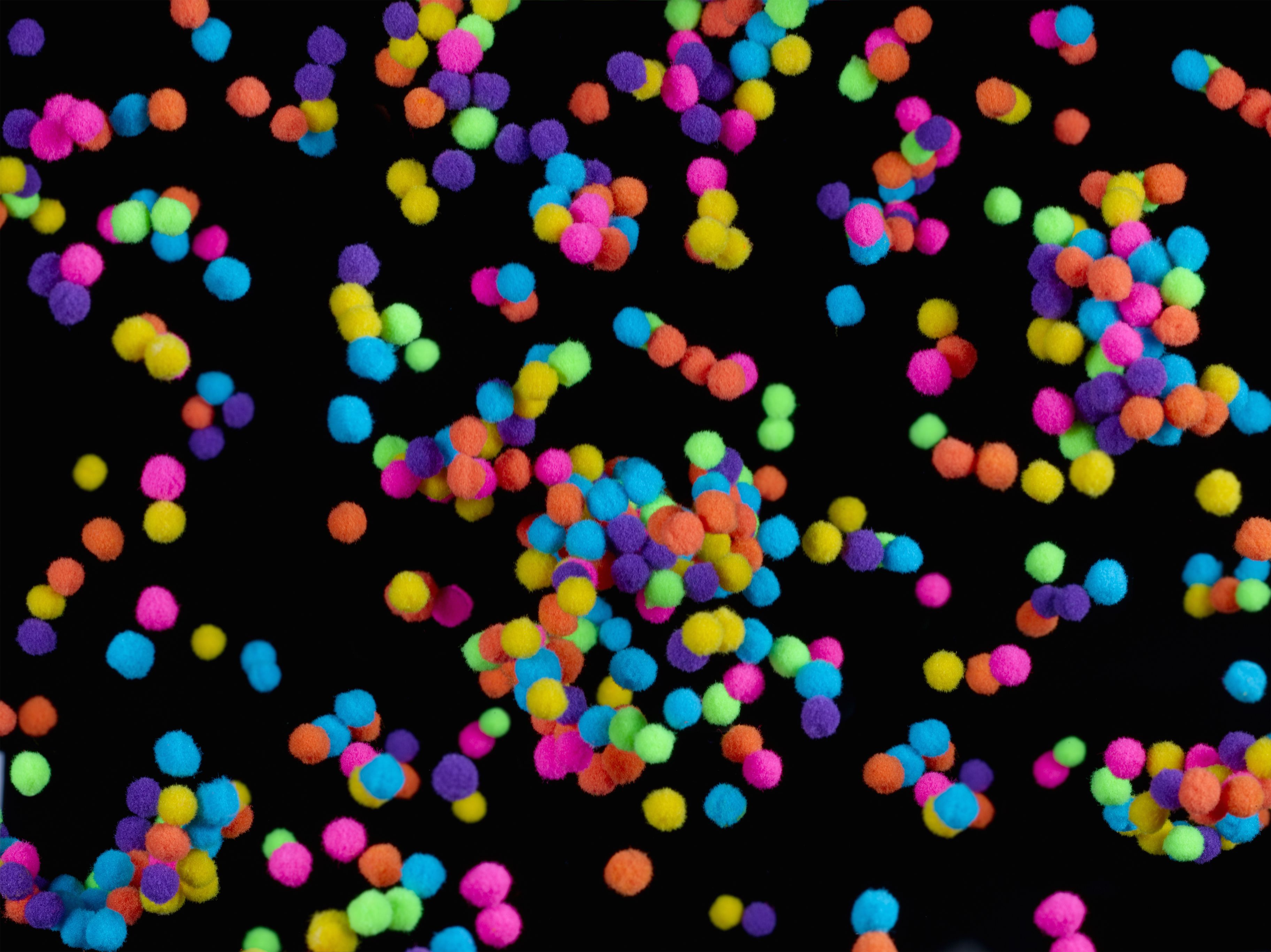CO1: Know the importance of environmental studies and methods of conservation of natural resources.
CO2: Describe the structure and function of an ecosystem and explain the values and Conservation of bio-diversity.
CO3: Explain the sources, environmental effects and control measures of various types of pollutions.
CO4: Identify the toxic chemicals in environment and understand the sources, effects and treatment of heavy metal poisoning.
CO5: Understand the methods of domestic water treatment, Sewage analysis and Sewage Treatment.
- Teacher: Dr. SUJITH K V Chemistry
- Teacher: Dr. VIJESH A M Chemistry
- Teacher: Mrs. SRUTHI K P Chemistry
|
CO1: i) Explain the important principles of spectroscopy. ii) Apply spectroscopic techniques in analyzing the structure of simple organic molecules. CO2: Acquainting the working principles of various instruments and their functions. CO3: Understand the basic principles of symmetry and group theory and its applications in Chemistry. CO4: Study the basic principles of nanochemistry and understand the various nanofabrication methods. CO5: Explain the important principles for quantum chemical and molecular mechanic methods of computing the geometry and energy of molecules. |

- Teacher: Dr. RAHANA AMEEN Chemistry
- Teacher: Dr. SUJITH K V Chemistry
- Teacher: Mrs. MANJU R NATH Chemistry
- Teacher: Mrs. SRUTHI K P Chemistry
CO1: Understand the mechanism of electrical conductance, theories of electrical conductance, and conductometric titrations.
CO2: Understand the basic principle of ionic equilibrium and its application in laboratories.
CO3: Design different types of electro chemical cell and able to calculate its potential.
CO4: Familiarize with electro analytical methods.
CO5: Acquaint with kinetics of simple, complex, enzymatic and surface reactions.
CO6: Understand basic principles of photochemistry and its application in spectrophotometry.
- Teacher: Dr. NISHA V K Chemistry
- Teacher: Dr. RAHANA AMEEN Chemistry
- Teacher: Dr. VIJESH A M Chemistry
- Teacher: Mrs. RANJUSHA M K Chemistry
- Teacher: Mrs. SRUTHI K P Chemistry
|
CO1: Acquaint with the classification, structures and properties of carbohydrates, explain the configuration of glucose and fructose, their inter conversion, illustrate Killiani-Fischer synthesis and Ruff degradation. CO2: Illustrate the preparative methods and the properties of different classes of organic acids, nitrogen containing compounds and heterocyclic compounds. CO3: Classify amino acids and peptides and explain the synthesis of simple peptides by N protection (t-butyloxy carbonyl and phthaloyl) & C-activating groups and Merrifield solid phase synthesis. Explain the methods of determination of primary structure of peptides. CO4: Distinguish the components of nucleic acids and lipids and their roles in biological system and the biological importance of various natural products. Familiarize with important drugs and their therapeutic applications. CO5: Recognize the types and characteristics of pericyclic reaction and analyze the pericyclic reactions by FMO methods. Understand the photochemistry of carbonyl compounds. CO6: Understand the principles of Green Chemistry and the importance of green synthesis and recognize the impact of green chemistry on human health and the environment. |

- Teacher: Dr. ARADHANA N Chemistry
- Teacher: Dr. NISHA V K Chemistry
- Teacher: Mrs. MANJU R NATH Chemistry